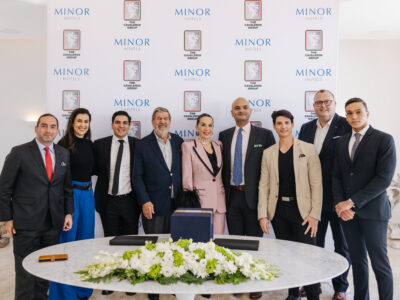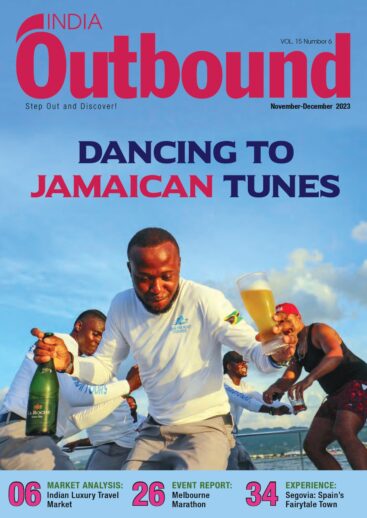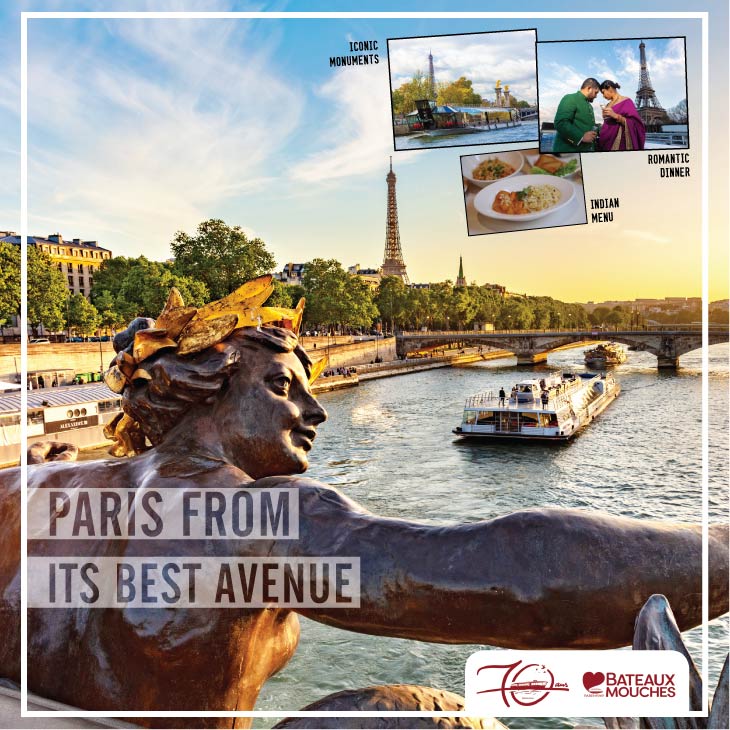
The bird’s eye view of a winery resort
On a bright sunny day, we trail the famous Stellenbosch Wine Routes of South Africa, watching people taste and purchase the wines of the land.
Stellenbosch, the university town of South Africa’s Western Cape, nestled between vineyards, and secluded by mountain ranges is a surprise one-hour city break from the big and bustling city of Cape Town. The oak-shaded streets, lined with cafes, boutiques , and art galleries are bordered with two world heritage nature reserves, Jonkershoek and Simonsberg. Other than being famous for its wine, Stellenbosch is positioning itself for hosting business events, as it is situated just 30 minutes’ drive from Cape Town International Airport in the middle of Cape Winelands. Stellenbosch 360 (the official tourism promotion body) has launched a unit to promote and actively drive Stellenbosch’s vision to become a Living Conference and Events Centre.
However, the business tourists are spoilt with choices after the business hours are over with the opulent natural offerings of Stellenbosch. They can take a guided walking tour or set off on their own after collecting a Stellenbosch on Foot guidebook, or for a special experience, can enjoy a horse-drawn carriage ride through the vineyards. The place is quite safe and recommended for self-drive to venture farther afield. For those who want to be guided, there are several customised tours of the town, wine lands, and outlying regions.
More than wine tasting
Food and wine lovers are treated to innovative food and wine pairings such as salt and wine, biltong and wine, cupcakes and wine, chocolate, and wine, nougat and wine and much more. At the Tasting Rooms, both connoisseurs and novice wine-drinkers can enjoy the fruit of the vine side by side, sample the award-winning wines, relax and drink in the atmosphere of the wine lands.
“Just an hour away from Cape Town, Stellenbosch is a great place for wine lovers. You can come by bus, hire a taxi or book a private car. The scenic view is beautiful. The wineries even offer grape juices in various forms to teetotallers, making the experience a complete package where no one is left out,” says Shravan Valla, the owner of Highflyer, a leading outbound tour operator of India.
“With the big Indian group of tour operators and travel media visiting Stellenbosch and taking a tour of our wineries, experiencing our wine-tasting, we are hoping word will be spread among more upcoming Indian travellers and through these influencers, we will be able to host more quality Indian tourists. We also look forward to hosting Indian business events in the near future,” says Annemarie Ferns, chief executive officer, Stellenbosch 360.
With over 200 wine producers in the valley, this place looks like the pulsating heart of the country’s wine industry. Many of them will even ship the wine of your order right to your door and some have restaurants with live bands and picnic facilities, accommodation, gift shops, art galleries, amphitheatres and even wildlife experiences. While strolling on your own through the vineyards if you stop for some wine tasting, or go on a wine safari, blend your own wine and make a personalised label for your Cape Blend or learn about the art of wine-making from the perspective of a local farmer, the expert chef will tell you fascinating stories of the region as a bonus.

A typical warehouse of wine barrels next to the wine tasting centres
A date with wine
The recorded history of Stellenbosch dates back to 1679, when this name was given to a small island on the Eerste River by Simon Van Der Stel, the then governor of the Cape. The Eerste River, which today still ripples through Stellenbosch, was so named as it happened to be the First (Eerste) river the Dutch settlers came upon after leaving their Cape Town base. After its discovery, Stellenbosch was quickly identified as an area in which to settle, with great potential for agriculture. The surrounding areas proved rich in soil and with the correct climate for producing vegetables to sustain the ships passing by the Cape of Good Hope en route to the other Dutch colonies in the East. Add to this, the thirst of the Dutch and other settlers that necessitated the making good wine, Stellenbosch soon saw its hills and valleys also planted to vines along with other agricultural crops.
That skilled vintners were sent to the area and the vines bore wonderful fruit is proven in the fact that, to this day, Stellenbosch remains world renowned for the quality of its wines, with the vine being by far the region’s most prominent agricultural feature. With the rich agricultural pickings, the early settlers soon established a bustling town. The region’s potential for producing the quality of the wines and as a tourism hub has seen investors from as far as France, Germany, Switzerland, Italy and the United States staking their claims in the Stellenbosch wine lands.
Besides its rapid growth in becoming a centre for the flourishing wine industry, the foundations for Stellenbosch’s heritage as an educational centre were laid in 1859 when a theological seminary was established. In 1918, a university was founded and to this day the University of Stellenbosch remains an internationally recognised education centre and one of the leading universities on the African continent. It is also one of two learning centres in South Africa that trains budding winemakers.
The original Stellenbosch Wine Route was founded in 1971 and has been promoting its members for more than 30 years. Today the new Stellenbosch American Express Wine Routes represent more than 200 wine and grape producers within the boundaries of the Stellenbosch Wine of Origin classification and connected to the global Great Wine Capitals Network. As the Stellenbosch Wine Routes is divided into five sub-routes, according to the wine styles, climate, and location, each have their own characteristics.
OUR PICK OF TOP FIVE WINE ROUTES TO TRAVERSE
Bottelary Hills
The Bottelary Hills Renosterveld Conservancy, home to a host of endangered flora and fauna is the smallest but richest in the Cape floral kingdom. The mountainous terrain has popular wineries like Hartenberg, Beyerskloof and Villiera.
Helderberg
This route has some of the oldest wine farms and stretches from Somerset West to the edge of Stellenbosch. The Golden Triangle, a top wine growing area, lies here. The cooling effect of the moisture laden sea breezes from the nearby False Bay, combined with excellent soil structure produce popular varieties such as Cabernet Sauvignon, Shiraz, and Chenin Blanc. This belt hosts top-quality wineries like Rust en Vrede, Ernie Els Wines and Vergelegen, among others.
Stellenbosch Berg
This mountain sub route includes the Jonkershoek valley and covers several well-known estates and private cellars. The higher elevation and textured soil make the valley ideal for growing high-quality Cabernet Sauvignon and other Bordeaux varieties. Do visit top producers like Klien Zalze, Blaauwklippen, and Lanzerac in this area.
Greater Simonsberg
This fourth route has a south-western approach that mainly specialises in red wines. This is one of the few conservancies in the Western Cape under the umbrella organisation, Conservation@Work, that is actively managed by a conservation officer and it seeks to deliver professional conservation services to its members. Top wineries in this region include Delheim, Delaire Graff and Warwick.
Stellenbosch Valley
The fifth and final route is also home to many famous manor type estates, private cellars, hotels and restaurants. Well-known wine labels along this route include Zevenwacht, JC Le Roux, Amani, Meerlust, Bergkelder, Oude Libertas, Spier, Neethlingshof, and Welmoed.
Cape Town is fast rising to top of Indian holiday favourite lists. Its proximity to the city makes Stellenbosch a great add-on. “Our experience at Stellenbosch was exclusive and memorable. The great product knowledge on wine tasting with an amazing backdrop and ambience made our short journey worth taking. We bought four different varieties of wine which we are still relishing and enjoying with our friends back at home,” says Tejbir Singh Anand, managing director of Holiday Moods, a destination management company in India.






















